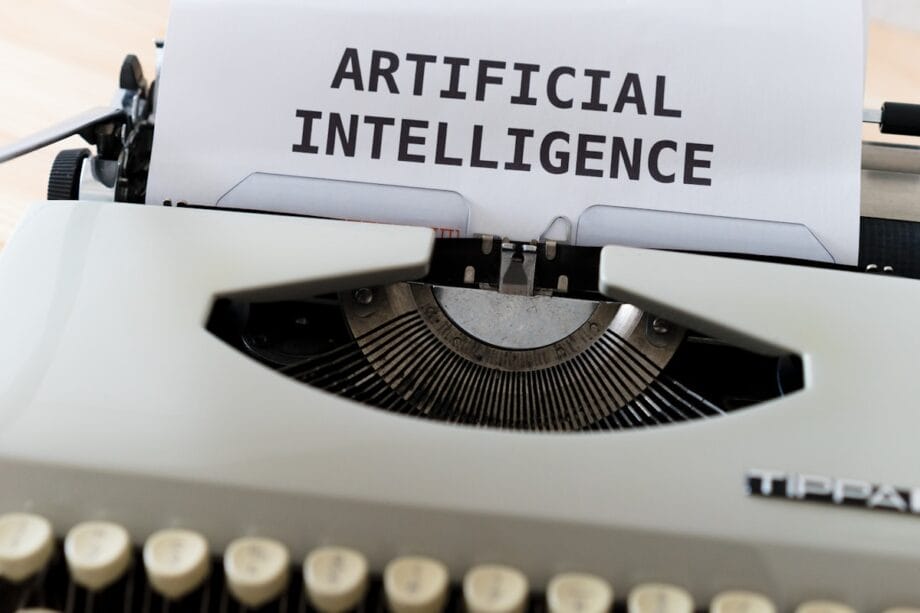China’s renowned large language model, DeepSeek, has undergone a significant transformation, emphasizing compliance with governmental mandates. According to Reuters, a new variant known as DeepSeek-R1-Safe has been engineered to circumvent politically contentious topics while adhering closely to the stringent speech regulations imposed by Chinese authorities.
Notably, this iteration was not developed by DeepSeek itself. Instead, Huawei, in collaboration with researchers from Zhejiang University, retrained the open-source DeepSeek R1 model utilizing 1,000 of its Ascend AI chips. Their objective was to integrate more rigorous safeguards into the framework without substantially compromising efficiency.
Huawei now asserts that the modified model has experienced a mere one percent reduction in its original functionality and speed, simultaneously enhancing its resistance to “toxic and harmful speech, politically sensitive content, and incitement to unlawful activities.”
DeepSeek R1 Safe evades politically charged topics
At first glance, the outcomes seem noteworthy. Huawei claims that DeepSeek-R1-Safe achieves “nearly 100 percent success” in circumventing politically sensitive topics during standard interactions. However, challenges persist.
When users employ strategies like role-playing or disguise their intentions via indirect prompts, the model’s success rate plummets to approximately 40 percent. As is often the case with advanced AI frameworks, hypothetical situations can lure the model into breaching its established boundaries.
This initiative mirrors Beijing’s persistent efforts to meticulously regulate artificial intelligence. Chinese officials mandate that all public-facing AI systems align with national values and predefined limits of expression.
Existing tools adhere to this framework: Baidu’s Ernie chatbot, for example, reportedly suppresses inquiries concerning China’s internal politics or the ruling Communist Party. DeepSeek-R1-Safe follows a similar trajectory, ensuring that technology dovetails with official directives.
However, China is not alone in sculpting AI to reflect domestic priorities. In early 2025, Saudi Arabian tech firm Humain unveiled an Arabic-native chatbot, designed for fluency and to incorporate “Islamic cultural values and heritage.”
These initiatives underscore how nations are increasingly customizing AI to reflect local identities, rather than depending on Western paradigms.
Post-DeepSeek, a broader movement emerges
Even American corporations recognize the cultural influences inherent in their models. OpenAI, for instance, has candidly acknowledged that ChatGPT is “tilted towards Western viewpoints.”
This revelation has ignited discussions regarding the feasibility of truly neutral AI, raising questions about whether these models will inevitably embody the biases present within the societies from which they emerge.
Furthermore, the U.S. government has initiated measures to guide AI alignment. Earlier this year, under the Trump administration, America’s AI Action Plan was unveiled, stipulating that any AI model interacting with government bodies must be “neutral and unbiased.” However, the interpretation of neutrality carries a distinctly political undertone.

An executive order issued by Trump delineates that qualifying models must eschew “radical climate dogma,” “diversity, equity, and inclusion,” in addition to “critical race theory, transgenderism, unconscious bias, intersectionality, and systemic racism.”
This situation highlights a broader global paradigm: AI systems are increasingly appraised not solely for their technological prowess but also for their alignment with the cultural, political, and ideological priorities intrinsic to the jurisdictions they serve.
Thus, while DeepSeek-R1-Safe may represent a uniquely Chinese adaptation to regulatory demands, the trend resonates globally. Across various continents and political environments, governments are delineating the parameters of artificial intelligence to ensure these formidable tools bolster, rather than undermine, national values.
Source link: Indiatoday.in.






